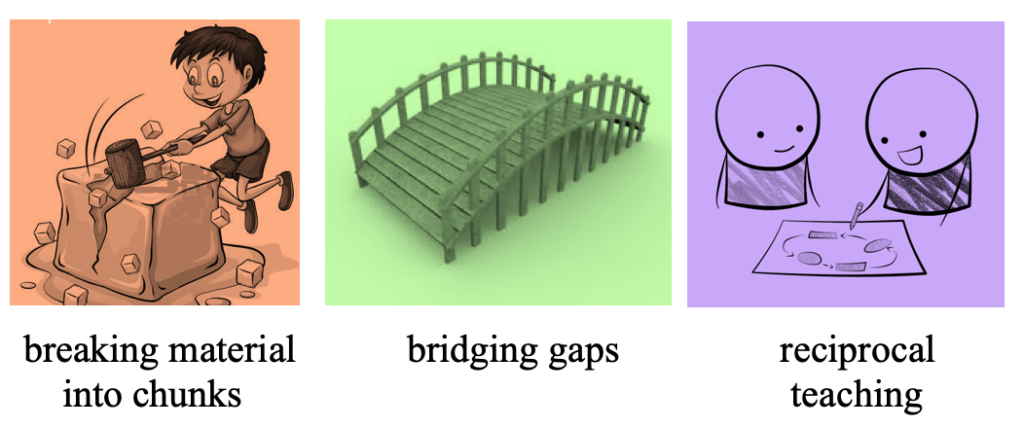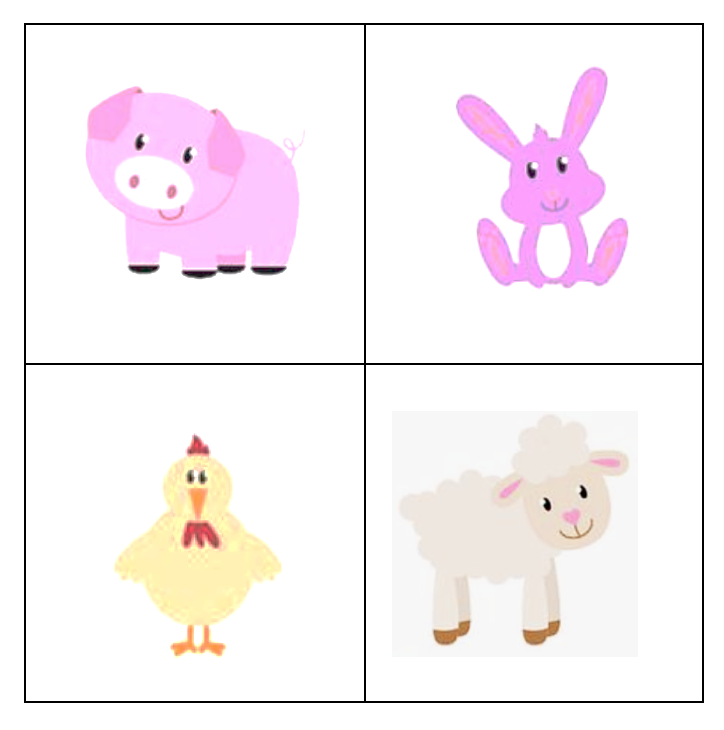Learning
Scaffolding as a means of presenting new knowledge online, and rebalancing responsibility for learning
Welcome to our first submission of Let’s Blog. We’re looking forward to sharing with you the most innovative practices – practical ideas you can use immediately online or in your face-to-face lessons – and how they can be applied to the Richmond platform. We want you to share with us how you use them so that we form a community of learners. Just like in the classroom, we want to emphasise reciprocal learning – recognizing and taking advantage of each other’s strengths to move forward.
For our first blog, we’re going to begin with scaffolds. It’s one of the easiest and most powerful ways of raising learning.
What is scaffolding? Why should we care? What are they exactly, and where do we upload scaffolding activities on the Richmond Platform?
Let’s start with theory. Take a deep breath because this won’t be painful at all. There are as many definitions of scaffolding as there are scaffolding techniques. The term, as an educational concept, was presented in the early 1900s by LevVygotsky, the Russian psychologist who dedicated himself to the study of adolescent development. He explained that scaffolding is a way of encouraging students to move out of their zone of proximal development. The idea is that teachers provide successive levels of temporary support [just like physical scaffolding] that help students reach higher levels of comprehension and skill acquisition, that they would not be able to achieve without assistance. These strategies are incrementally removed when they are no longer needed [just like physical scaffolding].
That was easier than you thought, right? That’s pretty much all the theory we’re going to include here, so you can breathe again! Except that, though many of you might be satisfied with this definition, and understand the concept of scaffolding completely, others – like me – aren’t convinced. The metaphor of a scaffold doesn’t make sense to me – and maybe to you – in an educational sense. Because of this, I came up with my own metaphor: Giving a Helping Hand…either the teacher or the students give a helping hand to a classmate who is having trouble moving ahead without this assistance.
What do you think? More understandable? But wait, there are more ways we can explain what a scaffold is. What about…

…and so many more!
So, let’s leave theory behind for the time being, and go to the second question: Why should we care? What is the value of scaffolding activities?
As teachers, we make choices every day regarding how we are going to present information. Let’s call these educational practices. Some of these practices have a strong influence on our students’ learning, and some have less influence. If we knew which were powerful and which were less influential, we’d obviously choose to use the stronger ones more often, true?
Well, we do have this information. John Hattie, a professor at the University of Auckland in New Zealand, decided to research educational practices and came out with a study first in 2008 (continuing to present new conclusions every 3-4 years), analysing educational practices through effect sizes on a scale of 0-2. To be able to weigh the influence of these practices, we use 0.4 as the average: any methods we use in the classroom that have an effect size of less than 0.4 have little effect on our students’ learning, whereas all those that are higher on the scale than 0.4 are considered to be a powerful influence on students’ learning.
Scaffolding has an effect size of 0.87, which means that when we create activities that pre-teach, break down, and give temporary structure to new information, we are helping our students to learn with more confidence and support, and that is certainly what our goal is, right?
If the above is true – and we assure you that it is, and that you’re going to see with your own eyes how powerfully these activities support your students’ learning – then now it’s time to address the third question: What are some concrete examples and where on the Richmond platform should we upload them?
The easiest strategy would be to upload the scaffolding activities in ‘Class Materials’. Then, students treat them as a task just an any other, and they do not even realise that they are teaching themselves material that they will need for successive assignments.
Let’s look at a concrete example:
For Pre-school and Primary: You are about to start a unit on farm animals. You have already sent a video to the students, or had a virtual class, reviewing the names of the animals. You upload the image below for the

parents to download and show their children on the computer, or print out:

The parents ask their children ‘Which animal doesn’t belong?’ Note: It’s very important for the parents to explain that there is no one correct answer. One of the main objects for this scaffold is that the students begin thinking critically and use their imagination.
Encourage the parents, also, to insist that their children answer in full sentences. The parents just need to believe their children are able to do this, model full sentences for them, and repeat them over and over again, not accepting less.
Parent: Which animal doesn’t belong?
Student: The pig doesn’t belong.’
Parent: Why doesn’t the pig belong?’
Student: The pig has four black feet.
Parent: Do see another animal that doesn’t belong?
Student: The hen doesn’t belong.
Parent: Why doesn’t the hen belong?
etc.
(Note: For Primary, you can put the names of the animals underneath and use photos instead of clipart.)
For assessment purposes, you can ask the parents to record the interaction (no more than 3-4 minutes) and upload the video in Class Materials. In this way, you’ll have a benchmark to refer to later when you are evaluating progress
When you are physically back in the classroom, scaffolding activities are ideally introduced during the first 5-10 minutes of class time. Yes, this does take away from other activities and I know that you’re about to ask how you’re going to fit all the curriculum in if we’re suggesting that you add yet another activity; at some point you’ll need to make a decision – do you insist on your students completing every single page of the Student Book in class the way you always have, or do you try a new technique that may help your students to understand the material more deeply, and in doing so, help them truly learn?
We suggest you reconsider the activities you present in class; the rest you can upload to the incredibly versatile Richmond Platform. In this way, you dedicate class time to higher-order thinking skills and send tasks that require lower-level cognitive skills home (reading, completing worksheets, etc.).
We hope that this has given you a fairly clear understanding of what scaffolding is, the importance of presenting activities that pre-teach information, and how you can use the Richmond platform to help arrange the materials. We have much more to share with you – activities for Secondary classes, for instance – and look forward to next time when we’re going share ways of using technology as a tool to augment student autonomy.
Now – please share your thoughts and experiences!

